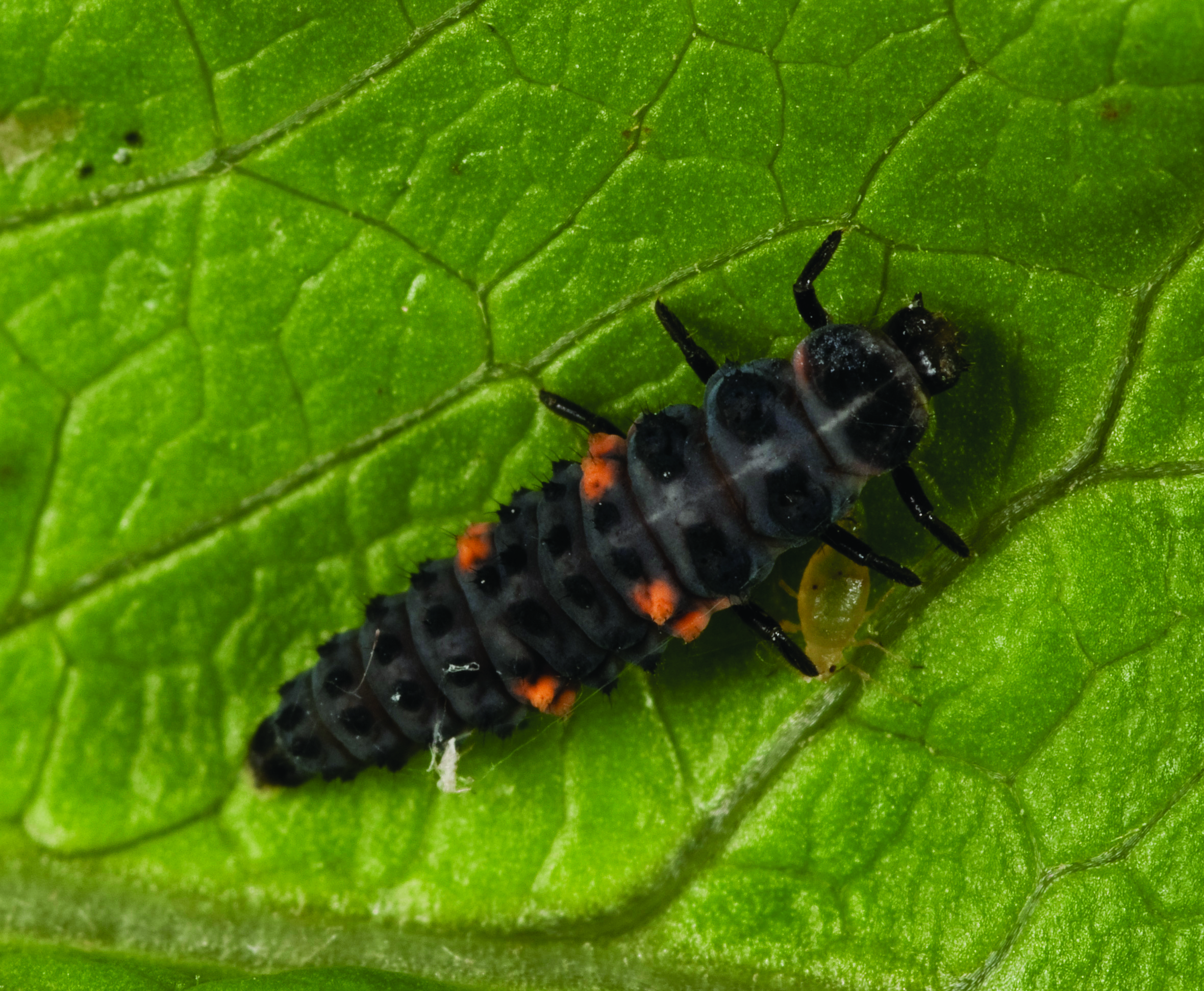The demonstration trials, conducted by Plant & Food Research as part of a Ministry for Primary Industries Sustainable Farming Fund (SFF) project, have run for two years and compare an Integrated Pest Management (IPM) strategy with a conventional insecticide program.
Workshops held in-field with industry representatives received very positive feedback with participants showing an appetite for understanding how to utilise IPM strategies in forage brassicas.
Farmer involvement also increased from the initial year and was summed up by one participant with the following.
“There’s a war going on in my paddock and I wasn’t aware. These things (predators and parasitoids) are out there in the paddock working 24 hours and you don’t have to pay them.”
The project is titled “IPM strategy development and demonstration for forage and seed brassicas” and is designed to examine if Integrated Pest Management (IPM) systems will improve the financial and environmental performance of the crops.
Biological control agents such as lacewings, ladybirds and parasitic wasps are often naturally occurring in forage brassica fields and can play a part in controlling a range of pest species.
The demonstration trials, which were conducted across the Canterbury region, compared the farmer standard pest management practice with a program that encouraged beneficial insects with the inclusion of selective insecticides (such as an application of
DuPont Exirel insecticide) if required.
Historically, insecticides used in forage brassica crops have been broad spectrum and have an adverse effect on both the beneficial insects as well as the pest species.
This approach can lead to spikes in populations of unwanted insects at various parts of the season.
With the more recent introduction of products such as Exirel insecticide, which selectively targets a range of caterpillar pests,
European leaf miner and grey cabbage aphid but importantly has minimal impact on key beneficial insects, an IPM based program is a realistic option.
At harvest the yields between the conventional areas and the IPM areas were virtually identical and demonstrated the ability of beneficial insects to assist in controlling pests.
In some of the demonstration trials the number of insecticide applications on the conventional side was one or two more than on the IPM side.
These results replicated those found in the first year of the project, where less insecticide applications were required to achieve a
positive result in the IPM areas.
Both years have demonstrated minimal impact on non-target insects, with a build-up of parasitism of both aphids and diamondback moth when selective insecticides such as Exirel are used.
Ultimately, it has been shown that the same level of control is possible in crops treated with a broad spectrum or selective insecticide.
Predators such as lacewings and ladybirds were active at all sites and were important in reducing aphid numbers, however, parasitic wasps had the biggest impact on reducing diamondback moth pressure.
The report noted that some crops needed an application of broad spectrum insecticide, at establishment, for the control of Nysius as there weren’t any IPM friendly options available to control this pest.
Although this does have a detrimental effect on generalist residential predators such as carabid beetles and spiders, beneficial insects such as lacewings and parasitic wasps that fly into the crop later in the growing season and help control pests active at this stage will not be affected.
Exirel insecticide targets pests such as cabbage white butterfly (Pieris rapae), diamondback moth (Plutella xylostella), soybean
looper (Thysanoplusia orichalcea), European leaf miner (Scaptomyza flava) and grey cabbage aphid (Brevicoryne brassica).
It is highly effective in controlling those pest species and the ideal option for growers wanting to incorporate IPM practices into their forage brassica program.
The IPM strategy development and demonstration for forage and seed brassicas project is funded through the Ministry for Primary Industries’ Sustainable Farming Fund, Forage Innovations, DuPont (New Zealand) and the Foundation for Arable Research, with support from farmers, industry advisors and DairyNZ.
 Lacewing larvae feeding on aphids help to reduce pest populations
Lacewing larvae feeding on aphids help to reduce pest populations

Larvae of the ladybird beetle